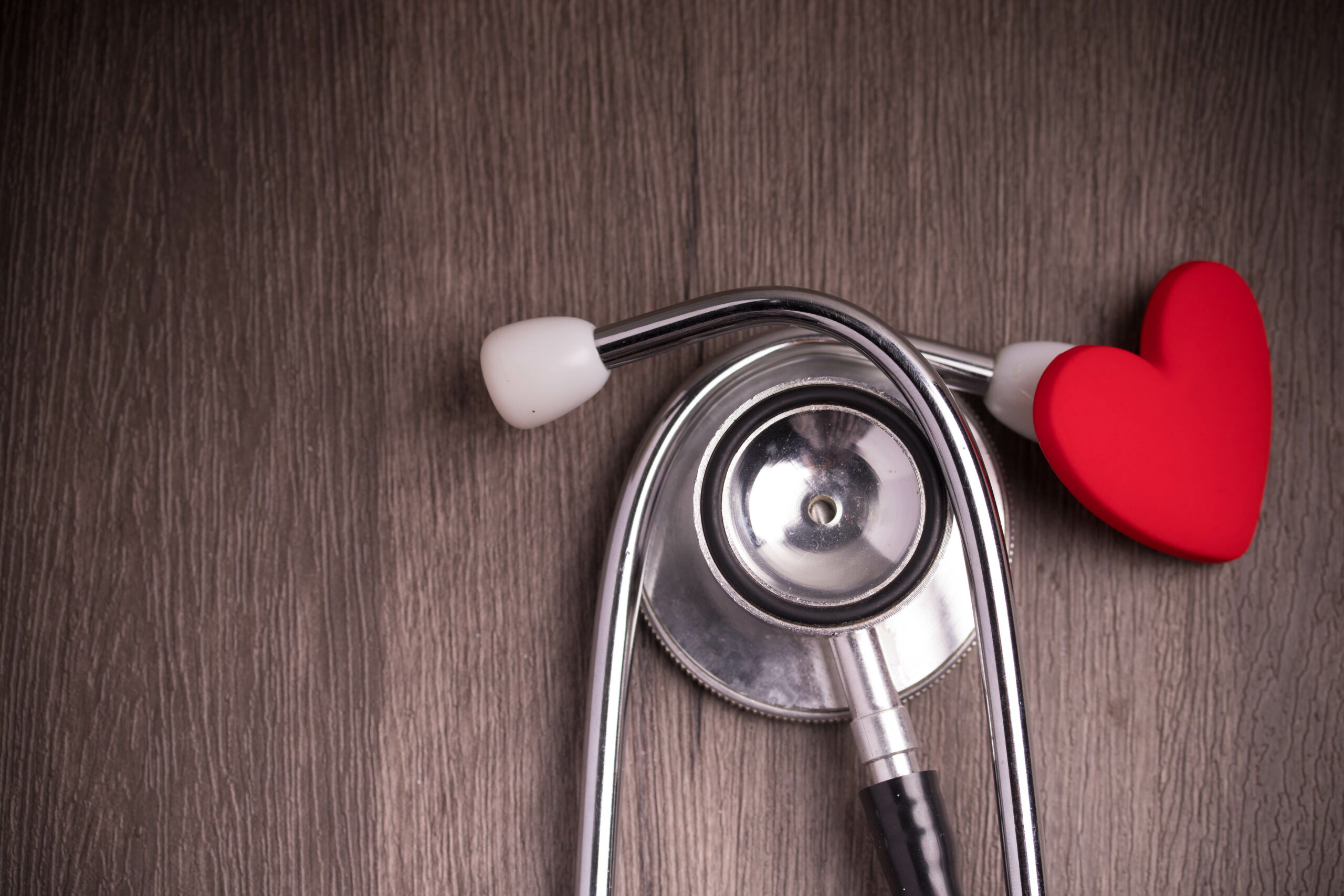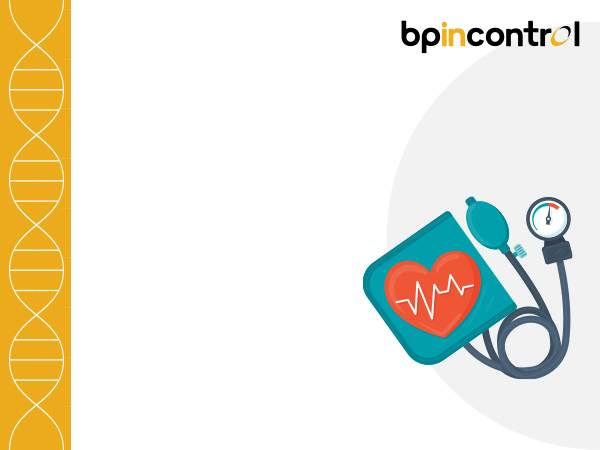How Cardiac Rehabilitation Can Help to Heal Your Heart?

Table of Contents
Cardiac rehabilitation is a planned and comprehensive program that assists people with heart diseases in recovering, improving their cardiovascular health, and lowering their risk of future health problems. In this article we’ll give you an in-depth look at cardiac rehabilitation, including what it entails, the problems it addresses, what to expect during and after the program, potential benefits, along with any related risks or issues.
What is Cardiac Rehabilitation?
Cardiac rehabilitation, also known as cardiac rehab, is a medically supervised program that tries to enhance the general health and well-being of those suffering from heart disease. It includes a variety of treatments and activities that are geared to an individual’s specific requirements, such as exercise training, heart-healthy living instruction, and counselling to relieve stress and increase emotional well-being.
What does cardiac rehab consist of?
Cardiac rehabilitation programs consist of the following components that all holistically work on improving the heart health of the patient:
- Medically Supervised Exercise: Cardiac rehab includes structured exercise sessions tailored to an individual’s abilities and needs. These exercises are designed to improve cardiovascular fitness, strength, and endurance. Exercise and hypertension go hand in hand, with regular moderate physical activity playing a crucial role in helping to manage and reduce high blood pressure.
- Education and Counseling: Patients also receive education on heart-healthy living, which includes guidance on nutrition, medication management, stress reduction, and smoking cessation. The counselling sessions help individuals manage the emotional and psychological aspects of heart disease.
- Lifestyle Modification: Cardiac rehab focuses on adopting and maintaining an overall heart-healthy lifestyle, this includes lifestyle changes for hypertension and other issues such as making dietary changes, quitting smoking, and managing weight.
- Monitoring and Assessment: Healthcare professionals closely monitor participants’ progress, adjusting the program as needed to ensure safety and effectiveness.
- Support and Motivation: Cardiac rehab teams provide support and motivation to help individuals stay committed to their recovery goals.
What conditions are treated/managed with cardiac rehab?
A cardiac rehab program can help manage the following conditions:
- Heart Attack: After experiencing a heart attack, individuals often participate in cardiac rehab to strengthen their heart, regain confidence in physical activity, and learn heart-healthy behaviours to prevent future cardiac events.
- Coronary Artery Bypass Graft (CABG) Surgery: After undergoing CABG surgery, individuals participate in cardiac rehab to aid in their recovery, enhance cardiac fitness, and reduce the risk of graft blockages.
- Angioplasty and Stent Placement: These procedures are often performed to open narrowed or blocked coronary arteries. Cardiac rehab helps individuals recover, reduce the risk of further complications, and maintain blood vessel health.
- Heart Valve Repair or Replacement: Individuals who have undergone heart valve repair or replacement surgery can benefit from cardiac rehab by regaining strength, improving cardiovascular fitness, and ensuring the longevity of their repaired or replaced valves.
- Stable Angina: Cardiac rehab can help manage stable angina (chest pain or discomfort caused by reduced blood flow to the heart muscle) by improving cardiovascular fitness and teaching strategies for reducing angina symptoms.
- Coronary Artery Disease (CAD): CAD is a condition where the coronary arteries, which supply blood to the heart muscle, become narrowed or blocked due to the buildup of fatty deposits (atherosclerosis). Cardiac rehab helps individuals with CAD by improving blood flow, reducing the risk of blockages, and improving overall cardiovascular health.
- Heart Transplant: After a heart transplant, cardiac rehab is crucial for optimising the recipient’s physical health, ensuring the new heart’s function, and helping individuals adapt to their post-transplant life.
What you can expect:
What You Can Expect During Cardiac Rehabilitation:
During cardiac rehabilitation, individuals can anticipate a structured program that includes:
- Individualised Exercise Programs: Participants receive exercise regimens tailored to their specific needs, fitness levels, and medical conditions. These exercises are supervised and gradually progress as the individual’s fitness improves.
- Education on Heart-Healthy Behaviours: Cardiac rehab provides education on nutrition, medication management, smoking cessation, and stress reduction.
- Monitoring of Vital Signs and Progress: Healthcare professionals closely monitor vital signs such as blood pressure, heart rate, and oxygen levels during exercise sessions to ensure safety and effectiveness along with getting a better understanding of your heart health.
- Emotional Support and Counseling: Coping with heart disease can be emotionally challenging. Cardiac rehab programs often include counselling sessions to help individuals manage stress, anxiety, and depression.
- Regular Communication with Healthcare Providers: There is ongoing communication between participants and their healthcare providers to track progress, adjust treatment plans as needed, and address any concerns or questions.
What You Can Expect After Cardiac Rehabilitation:
After completing a cardiac rehab program, individuals have:
- Improved Cardiovascular Fitness
- Better Understanding of Heart-Healthy Living
- Enhanced Ability to Manage Heart Disease
- Support and Guidance for Continued Lifestyle Changes
- A Reduced Risk of Future Cardiac Events
What are the potential benefits of cardiac rehab?
Cardiac rehabilitation has a wide range of benefits:
- Enhanced Heart Health: Regular exercise and education contribute to enhanced heart function and overall cardiovascular health.
- Better Management of Heart Disease and Related Conditions: Participants learn knowledge and tools to help them manage their heart disease and lower the risk of complications.
- Reduced Risk of Future Heart Problems and Hospitalisation: Heart-healthy lifestyle changes learned by the participants during the cardiac rehab reduce the risk of future cardiac events and the requirement for hospitalisation.
- Improved Quality of Life: Physical fitness and emotional well-being improve overall quality of life.
- Emotional Support and Stress Reduction: Counselling and stress management approaches assist individuals in coping with the emotional issues of heart disease.
- Increased Knowledge and Confidence: Participants finish the program with a better awareness of heart health and more confidence in managing their disease.
What are the risks or complications of cardiac rehabilitation?
While cardiac rehabilitation is generally safe and effective, there are some dangers and consequences to be aware of:
- Exercise-Related Injuries (Rare): The risk of exercise-related injuries, such as muscular strains or joint problems, is extremely low. However, problems are uncommon and can be avoided with proper supervision and careful advancement of workouts.
- Changes in Heart Rhythm (Monitored and Managed): During exercise, some people may suffer changes in their heart rhythm. Cardiac rehabilitation programs continuously monitor these changes and intervene as needed.
- Blood Pressure Changes (Monitored and Managed): During exercise, blood pressure may fluctuate. Healthcare professionals regularly monitor these changes and advise on how to appropriately manage them.
Cardiovascular rehabilitation is a comprehensive program that aims to restore heart health, boost general well-being, and lower the risk of future heart problems. If you want to learn more about it, go to Bp in Control’s Find a Doctor page and contact a doctor near you who can guide you every step of the way.
FAQs
1. What is the purpose of rehabilitation?
Rehabilitation, especially cardiac rehabilitation, attempts to aid patients in recovering from a particular medical disease or surgery, regaining functional abilities, enhancing quality of life, and lowering their risk of developing new medical issues.
2. What are the 4 phases of cardiac rehabilitation?
Phase I (inpatient care), Phase II (early outpatient care), Phase III (intensive outpatient care), and Phase IV (maintenance and long-term care) are the four phases that commonly make up cardiac rehabilitation.
3. What is the role of ECG in cardiac rehabilitation?
In cardiac rehab, electrocardiograms (ECGs or EKGs) are used to track and document the electrical activity of the heart. ECGs assist medical professionals in evaluating heart function, spotting irregularities, and modifying workout regimens as necessary.
4. What are examples of cardiac rehab?
Exercises for cardiac rehabilitation could include stationary cycling, treadmill walking, and strength training, and flexibility drills. The particular exercises depend on the fitness level and health of the individual.
5. What equipment is used in cardiac rehab?
Exercise equipment like treadmills, stationary bikes, elliptical trainers, and resistance machines are frequently used during cardiac rehab. To ensure their safety, participants are closely watched as they use this equipment.
Disclaimer
The information contained in this article is to educate, spread awareness in relation to hypertension and other diseases to the public at large. The contents of this article are created and developed by BPinControl.in through its authors, which has necessary, authorisations, license, approvals, permits etc to allow usage of this articles on The Website. The views and opinions expressed in this article are views, opinions of the respective authors and are independently endorsed by doctors. Although great care has been taken in compiling and checking the information in this article, The Website shall not be responsible, or in any way liable for any errors, omissions or inaccuracies in this article whether arising from negligence or otherwise, or for any consequences arising therefrom. The content of this article is not a substitute for any medical advice. The Website shall not be held responsible or liable for any consequence arising out of reliance on the information provided in the article.


Comments (0)
No comments found.Add your comment